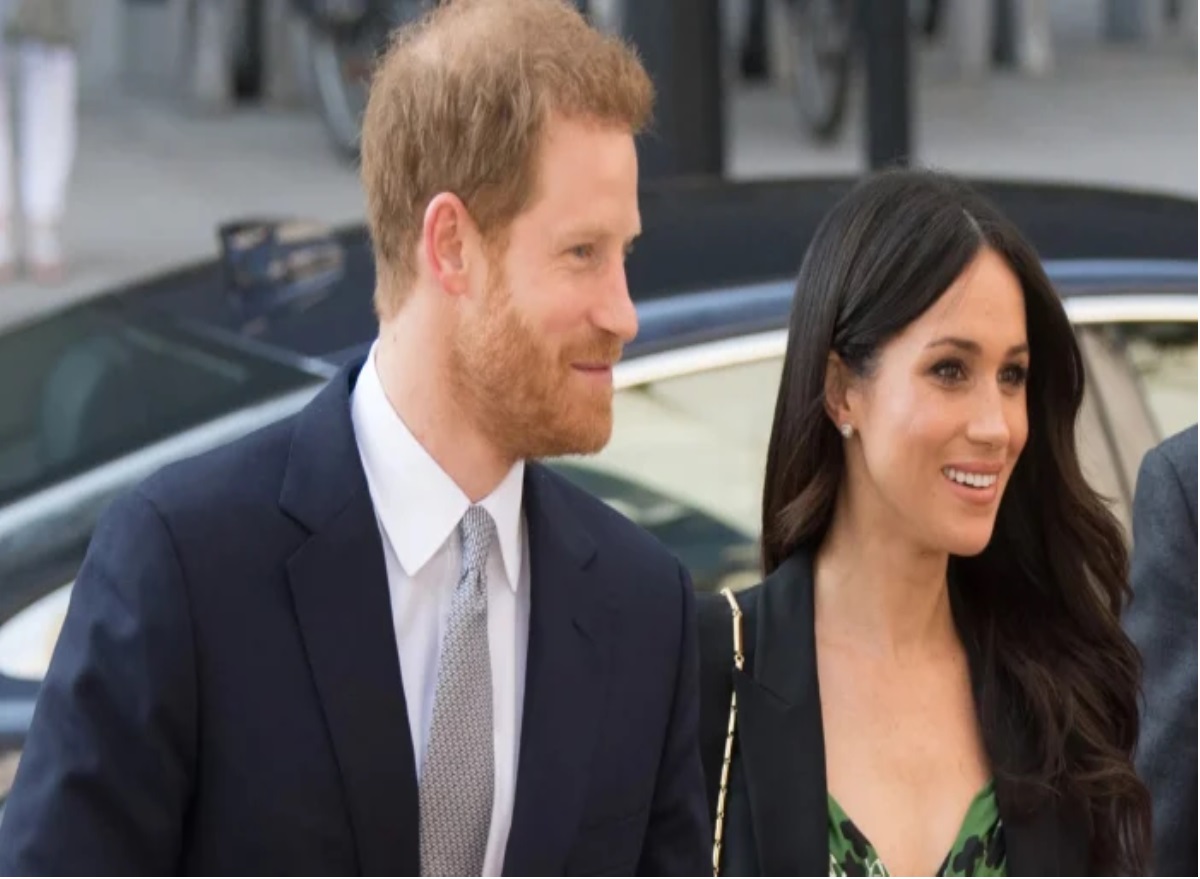The moment the queen gave Princess Diana her due 25 years ago
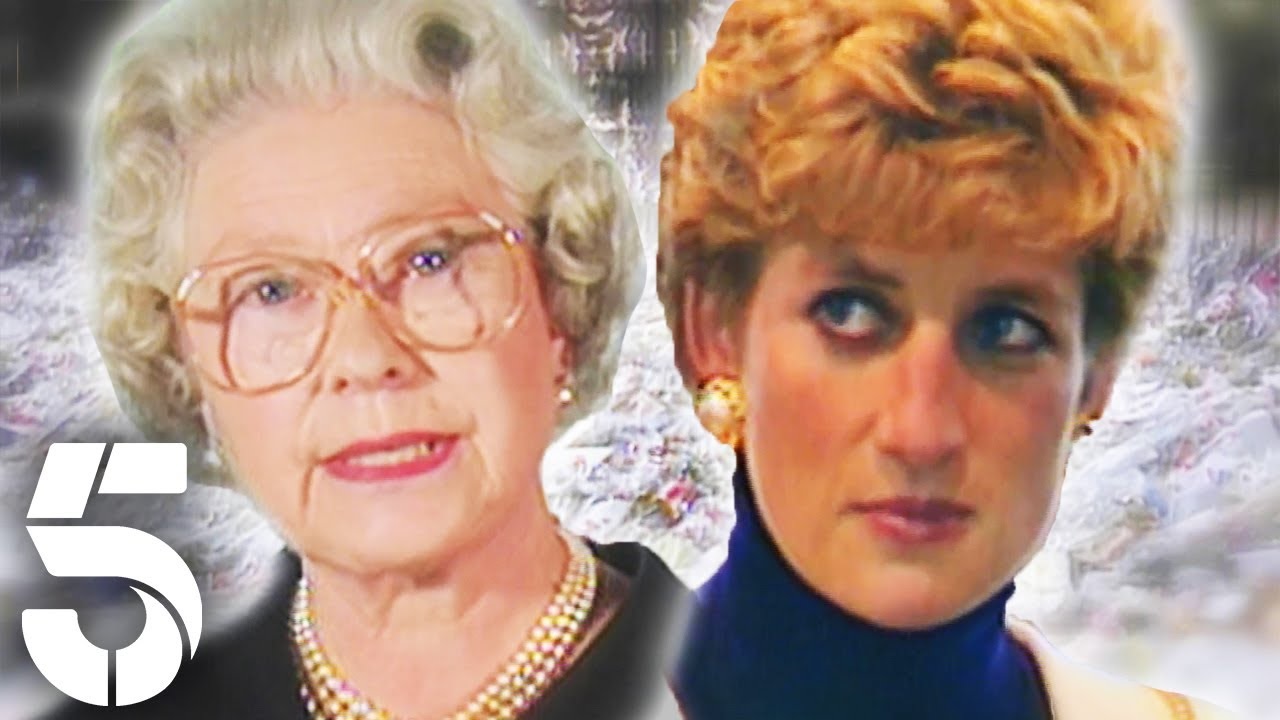
It was a rare misstep in the queen’s 70-year reign. But it was a big one. Her son’s glamorous ex-wife, Princess Diana, had died tragically in a car accident, leaving two young boys, the heirs to the throne, without a mother. And for nearly a week, Queen Elizabeth II said nothing. Live updates: Full Queen Elizabeth II coverage from The Washington Post
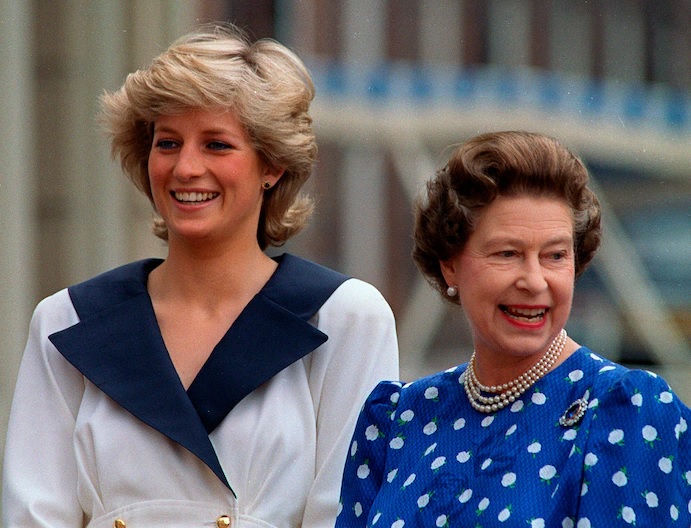
During World War II, it had been “keep calm and carry on.” When her own father died when she was 25, Elizabeth remained publicly composed. But the country had changed in the intervening decades and no longer wanted its royalty to maintain that famous British stiff upper lip. The new prime minister, Tony Blair, did not help matters. Within hours of Diana’s death on Aug. 31, 1997, Blair made a public statement, calling her “the People’s Princess” — a moniker at once so fitting many assumed she’d been called that for years.
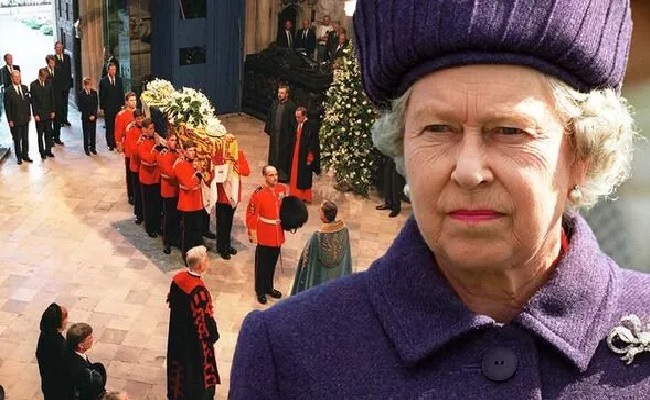
Then, the emotional floodgates opened. Crowds of people cried on the street, embraced strangers for comfort. They filled dozens of condolence books with messages and left oceans of flower bouquets at all the royal palaces, even though no one was there and Diana was no longer an official member of the royal family. The still-royal family was at Balmoral, the queen’s secluded Scottish estate, where they loved to spend private time and where, decades later, the queen would breathe her last. If it had been any other family, it would have been a good place to stay put and console two children who had just lost their mom. Day after day, Diana’s casket lay in St. James’s Palace — alone, as people saw it.
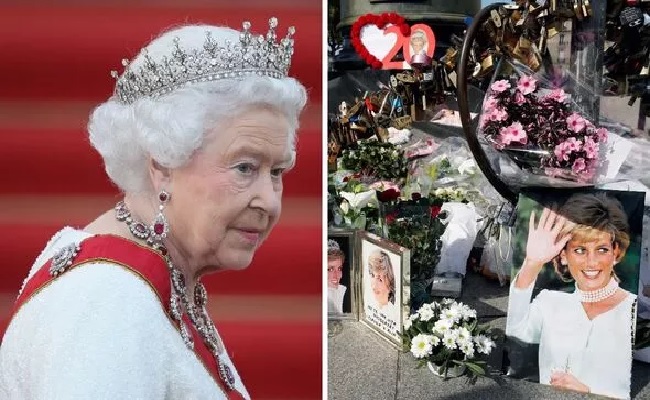
It seemed a cruel metaphor for the way a shy, insecure girl, the most photographed woman in the world, who had asked to be queen of their hearts, had been expelled from the royal fold and hounded, perhaps literally, to death. The Guardian quoted one anonymous note left on a bouquet outside the palace, describing a complex grief imbued with love and guilt: “I killed her. I hounded her to the death. I followed her every movement. I gave her no peace. For I bought the papers. I read the stories and I looked at the photographs. They did this for me. How can I live with that?” As the days passed without a statement or even a glimpse of the queen dressed in black, her subjects’ anger grew. They wanted to see the grief they were feeling reflected in their sovereign. Newspapers channeled, or perhaps stoked, the flames with their headlines:
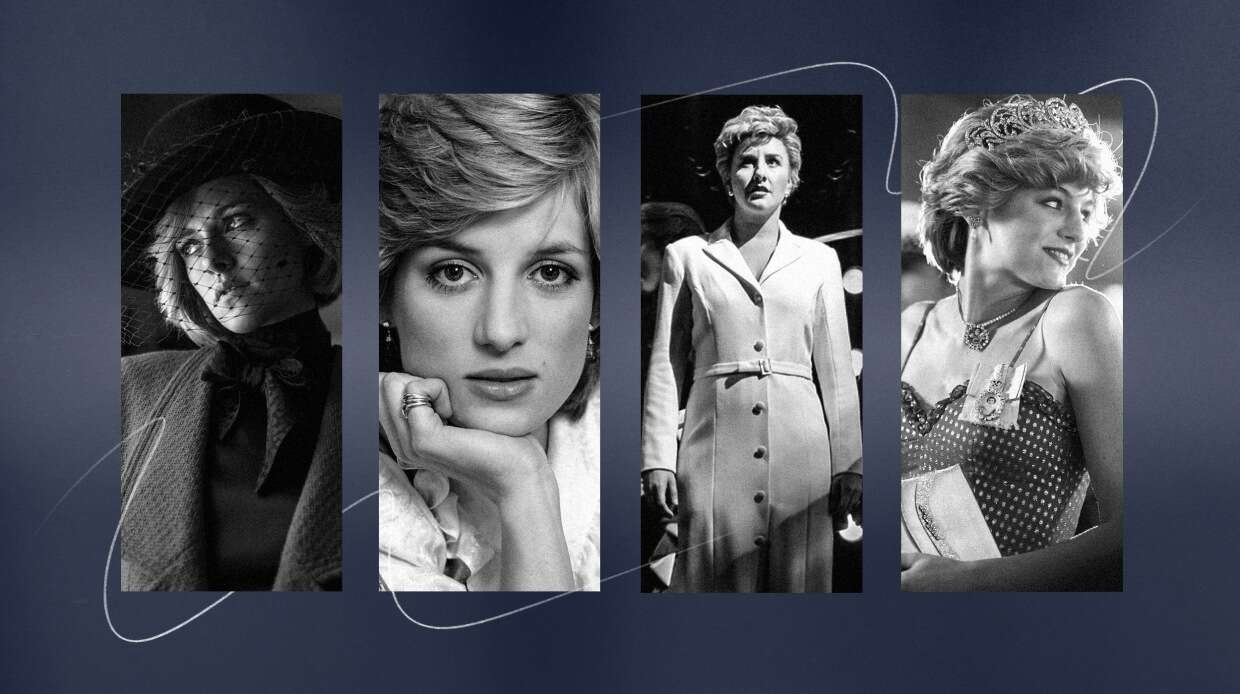
“WHERE IS OUR QUEEN?”
“SHOW US YOU CARE” “YOUR PEOPLE ARE SUFFERING, SPEAK TO US MA’AM” By the end of the week, people who had never before considered it were openly questioning whether Britain needed a monarch at all. Finally, the queen returned to London to give Diana her due. The first departure from protocol came when her car arrived at the gates of Buckingham Palace. Instead of driving through, the car stopped and the queen got out. Soon, she was walking by the tides of flowers and greeting the crowd — stiffly, awkwardly, but there.

That evening, she gave an address live on television — another departure from protocol for the death of woman with no official role. The queen appeared nervous, and while paying tribute to the princess, she hinted at the public anger at her silence and stoicism. “We have all been trying in our different ways to cope,” she said. “It is not easy to express a sense of loss, since the initial shock is often succeeded by a mixture of other feelings: disbelief, incomprehension, anger — and concern for those who remain.” The next day, the day of the funeral, came the biggest breach of protocol of them all. The queen stood with her family, and as Diana’s funeral cortege passed by, she bowed her head.
It was not a quick bow, nor a shallow one. The woman accustomed to being bowed by the world now lowered her head and humbly honored the princess. More than anything, it was the bow that broke the fever of anger directed at the queen and her family. Now, 25 years later, as the world prepares to lay the queen to rest, it is still remembered among her long list of achievements.
